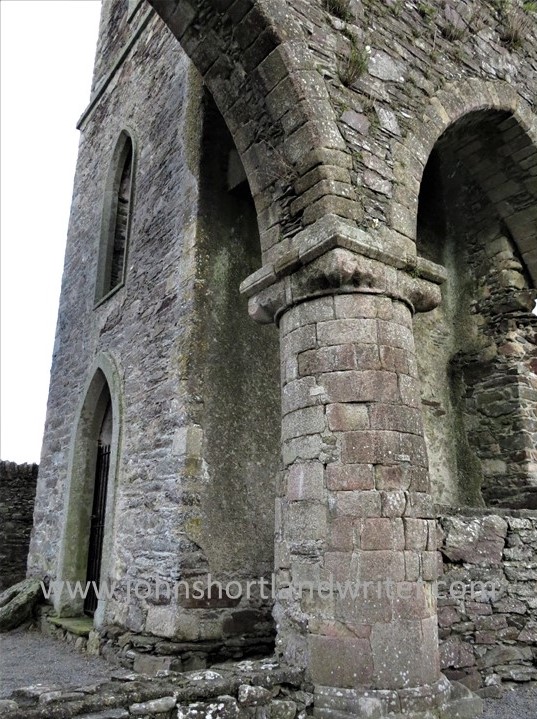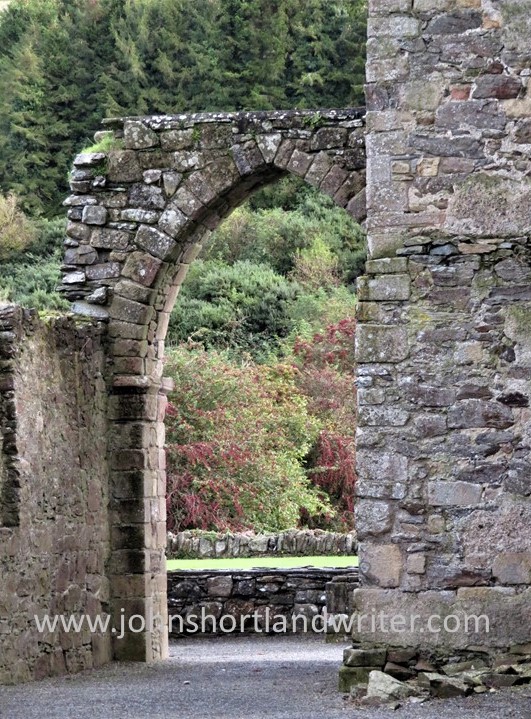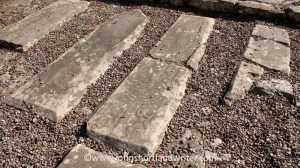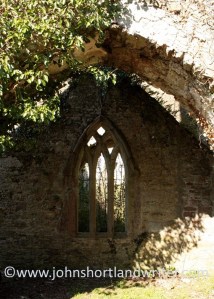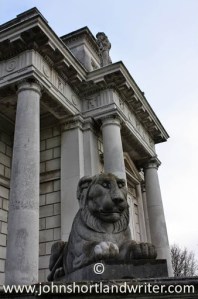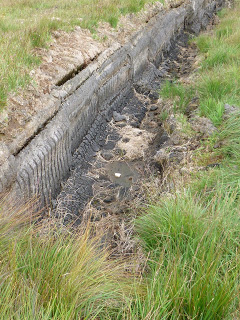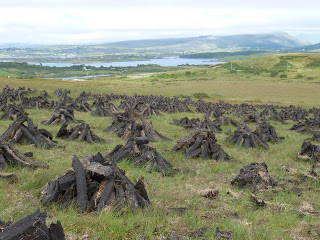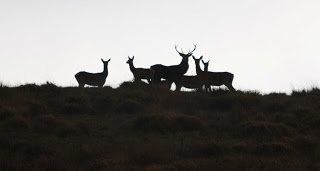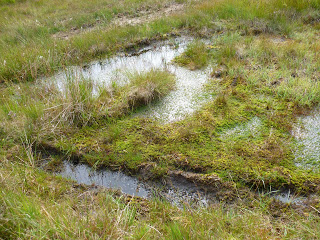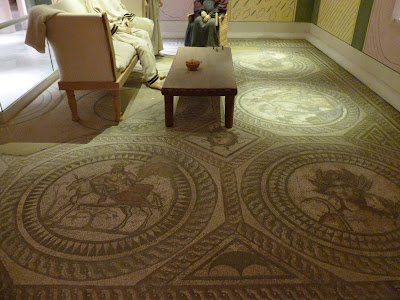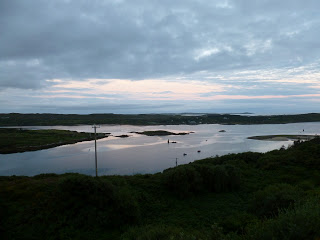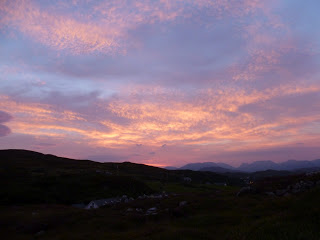The children’s bikes in the entrance porch casually propped against four aged-stone saintly figures tells you in an instant that a visit to Huntington Castle [see footnote] is likely to be memorable. They also act as a reminder that this historic, four-hundred-year-old castle near Clonegal, Ireland is also very much a present-day family home.
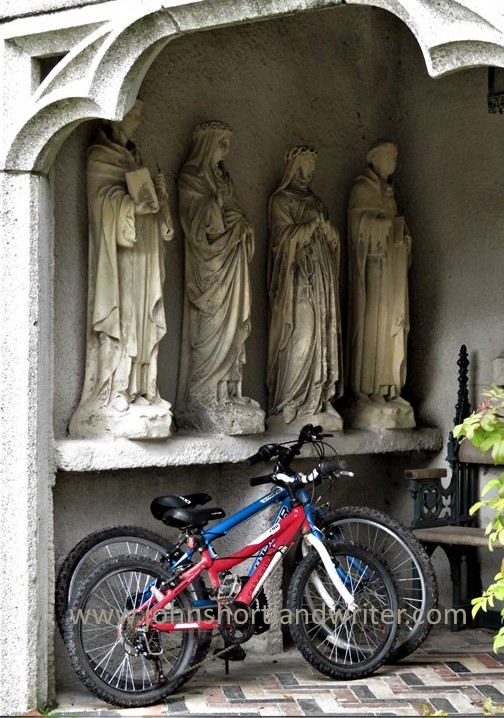
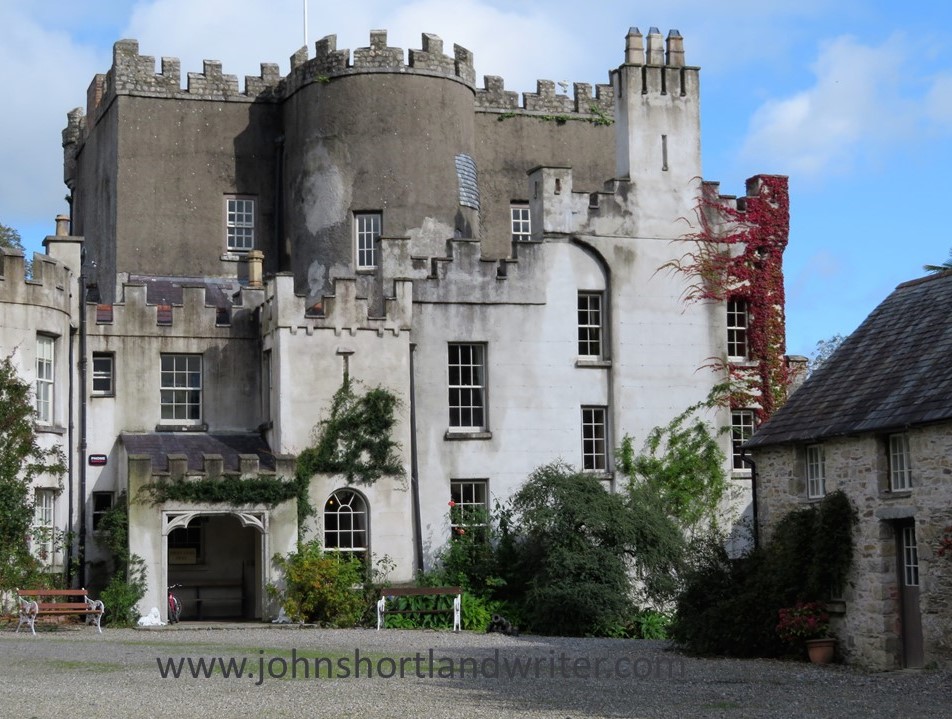
Built in 1625, it held a strategic position on the trade route between Dublin and Wexford but fell to the invading (English) Cromwellian army in 1650. By the time of its capture much of the garden as seen today had been laid out.
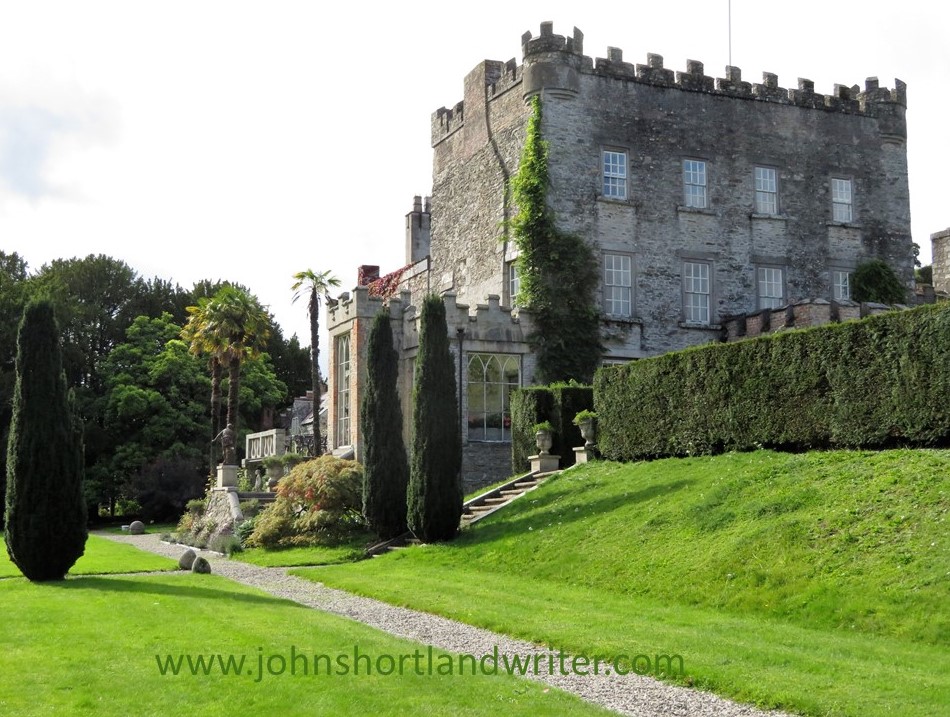
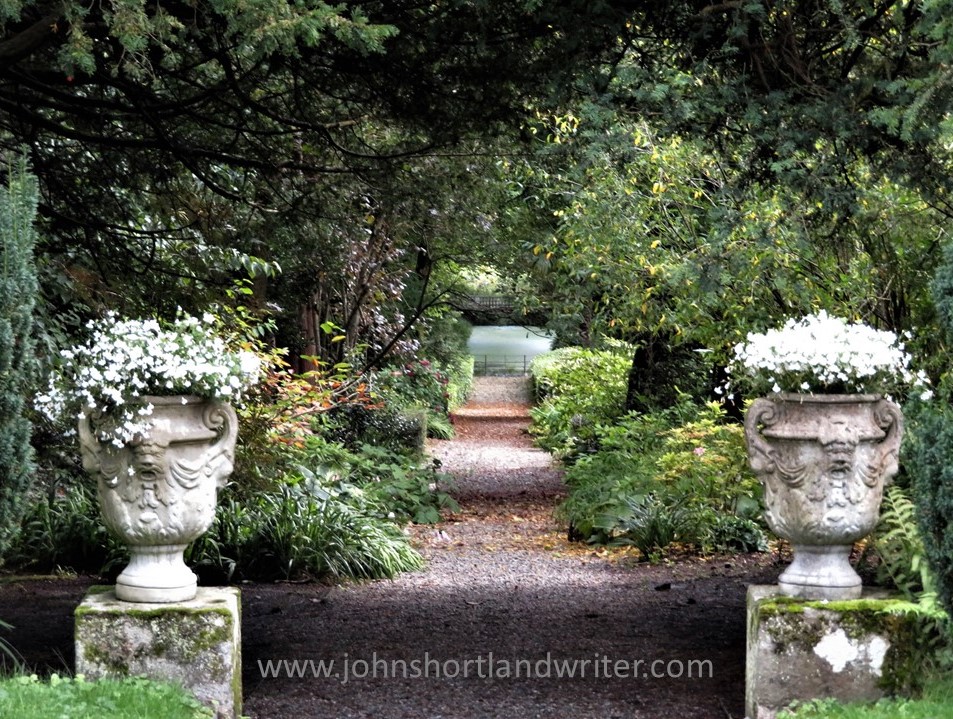
As might be expected of a grand country house, the castle has its fair share of richly decorated rooms and it is possible to visit these during the summer months subject to any Covid-19 restrictions that may be in force, of course. However, it is the basement cellars of the castle that hold the biggest surprise for it is here that you will find the Temple of Isis. The Fellowship of Isis, founded in 1976 by members of the family was, in 1993, recognised as a world faith, the first time that the Goddess had been internationally acknowledged. I have always considered myself to be open to alternative beliefs and cultures but, to be honest, I found the Temple and its purpose difficult to understand or appreciate. For me, the decor and artefacts were too theatrical, almost farcical. I half-expected Angela Lansbury’s Mrs Salome Otterbourne from the film Death on the Nile to appear from behind one of the wall hangings. However, I am obviously wrong as there is a worldwide following of over 24,000 in a hundred countries or more.

My real appreciation of Huntington Castle came from exploring the grounds which are quite beautiful. For the photographer, opportunities abound for around every corner there is a vista or ancient building vying for the title of most picturesque. The castle itself is better appreciated from the outside too, for there are numerous ‘odd’ windows and contrasts of building materials tucked away and waiting to be noticed – the result of centuries of alterations and extensions.
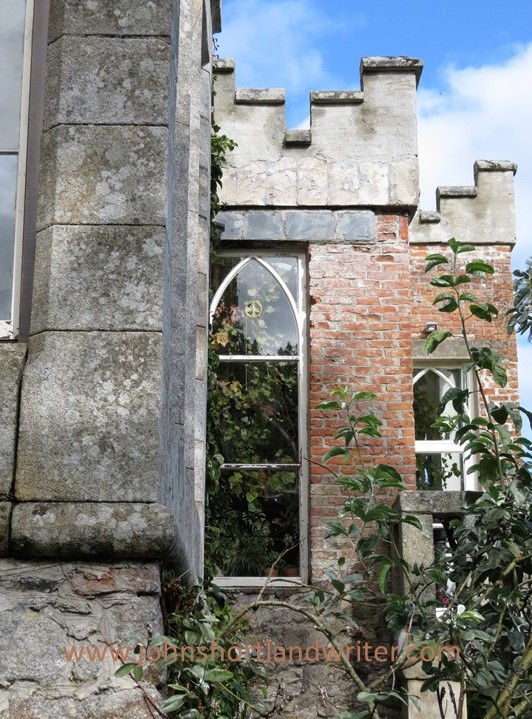

I came away from Huntington Castle somewhat confused. In some ways, I felt a little let down by it, in others quite uplifted. Would I visit again? Most definitely. For it is its quirkiness, eccentricity, ancient trees and moss-encrusted stones that leave you slightly unsettled making the visit all the more worthwhile.
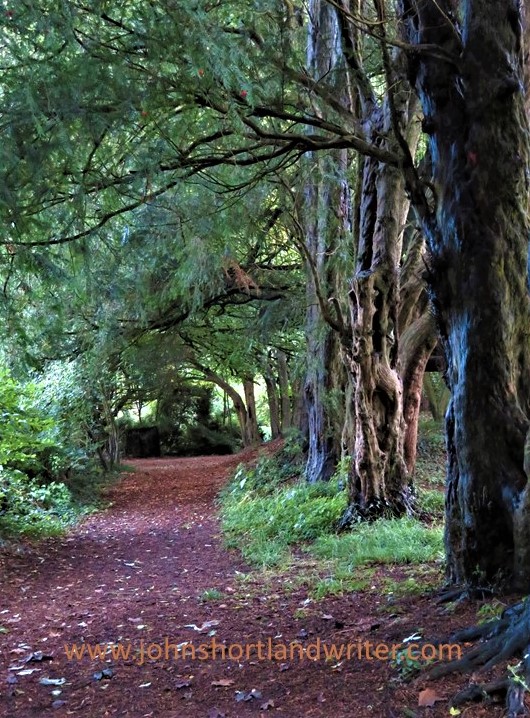
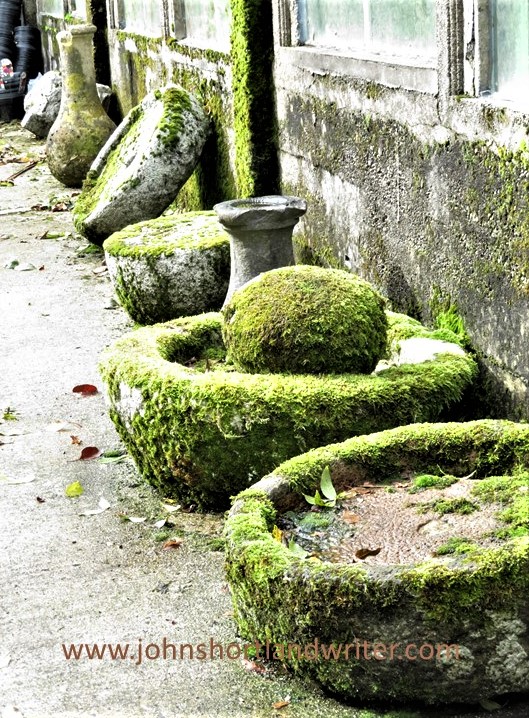
For more information on visiting or even staying at Huntington Castle visit https://www.huntingtoncastle.com/
To discover more about the Fellowship of Isis follow this link by visiting https://en.wikipedia.org/wiki/Fellowship_of_Isis
[Note: Rather confusingly Huntington Castle is also called Clonegal Castle – sometimes even in the same article or website!]




